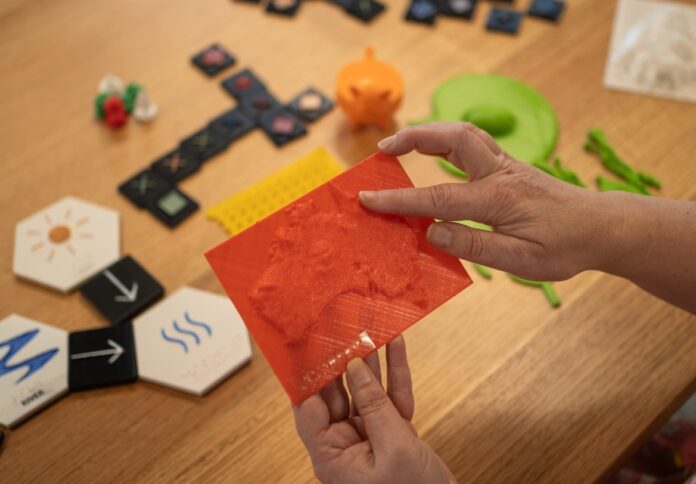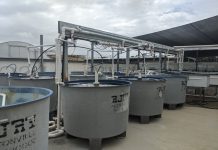
Monash University researchers have unveiled new public guidelines to aid educators, parents, and specialists in creating 3D-printed educational tools for blind and low vision students.
The freely accessible guidelines aim to enhance learning and inclusivity through innovative, tactile models designed specifically for those with print disabilities, the university said in a news release.
The project, developed in collaboration with the Round Table on Information Access for People with Print Disabilities (Round Table), provides detailed instructions for designing and printing tactile aids, including braille or audio labels and accessible resources for blind makers.
The guidelines cater to a range of users, from teachers and parents to occupational therapists, offering a valuable toolset for creating curriculum-based models, adaptive tools, and educational games.
Project lead Leona Holloway, an inclusive technologies researcher at Monash University, emphasised the advantages of 3D printed models over traditional raised line drawings.
“One of the advantages of 3D printed models over raised line drawings, is that they can be used by blind, low vision and sighted students together in educational settings, and they can also be useful for people who are not trained in ‘touch reading’,” Holloway noted.
The initiative, which aligns with emerging accessibility standards, launched in May as a Round Table-endorsed guideline.
Sonali Marathe, president of the Round Table and Accessibility and Inclusion Manager at NextSense, highlighted the transformative potential of the technology.
“The 3D printed models can help students who are blind get spatial and dimensional understanding of things that they may have never experienced before, for example, for the first time ever students are learning different architectural concepts through 3D printed models of the Burj Khalifa, Taj Mahal and the Statue of Liberty,” Marathe said.
Educators like Sarah Hayman from the Victorian Department of Education’s Statewide Vision Resource Centre and Adrian Riessen, founder of a 3D printing club at the South Australian School and Services for Vision Impaired (SASSVI), have lauded the guidelines.
“The guidelines have been helpful to design my own tools and also to direct other people to consider accessibility when they are 3D printing teaching materials,” Hayman noted.
The project was made possible through an Australian Research Council (ARC) Linkage Project, supported by partnerships with organizations like Guide Dogs Victoria, SeeDifferently, and Blind Low Vision New Zealand.
Financial backing also came from South Pacific Educators in Vision Impairment and VisAbility.
The guidelines are available at printdisability.org/guidelines/3D-prints.




















